This is a story of a giant turtle species that is more than 200 Kg in weight and more than 2 meter in length could keep itself unknown to human eyes for more centuries. Even in 21st century, this species is a mystery and viewed by humans a few number of times only. This could even be the largest fresh water turtle in the world.
Almost 500 years from now, a King of Vietnam found a giagantic holy turtle during a cruise on a lake called Luc Thuy(Green Lake) near Hanoi. There is a mythical believe that the turtle told the King to return the sacred sword that he had gotten from Kim Qui, the Golden Turtle God and had helped him defeat the northern Ming aggressors returing peace to the region. The king unsheathed his sword and threw it to the turtle. The turtle took it and dove away. The king was none other than Le Loi, also known as Le Thai To, the founder of the Le Dynasty in Vietnam, under whom the Chinese had accepted Vietnam’s independence. Later the king renmaed the lake as Hoan Kiem” (Lake of Returned Sword). For hundreds of years, people couldn’t discover any turtle like reptile in that lake, until when a giant turtle was actually captured late 20th century. The giant turtles mysteriously kept themselves away from the human eyes for centuries!
The story of the king Le Loi has been passed down from generation to generation and recorded in history books, and there were no real evidence of what the giant reptile may have looked like until 1967. It was the year when Vietnam war was on its peak. Ha Noi Food company caught a giant turtle from the lake. The turtle weighed about 200 kilos and was about 2 metres(6 ft 3in)[ long. The company was going to sell the meat, but someone alerted the Ha Noi People’s Committee and the then mayor Dr Tran Duy Hung ordered them to stop the sale. Unfortunately the turtle died on June 2, the same year because of mishandling. It was later stuffed and is now on display at the Ngoc Son Temple which is situate on the northern shore of the lake.
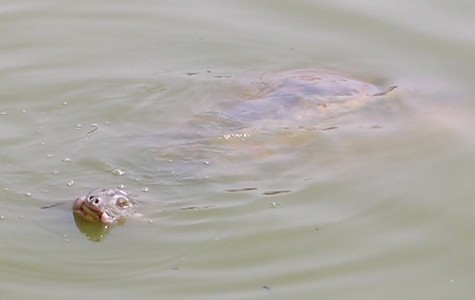
Rare photo of the Hoan kiem Turtle
But after the single catch, the turtle was hardly ever viewed by the common people. Mysteriously the giant turtle shy away from revealing itself inthe small shallow lake, measuring 200 meters wide, 600 meters long, and only two meters deep. But on March 24, 1998 an amateur cameraman caught the creature on video, conclusively proving the elusive creatures still survived in the lake. Apart from this photography, few local researchers done extensive study of the turtle too.
Ha Dinh Duc, one of the best known local biologists who has done extensive research on the turtle for decades. He teaches in the Biology Department of the School of Natural Sciences in Vietnam. He gave the Hoan Kiem turtle its scientific name, Rafetus leloii, after the King Le Loi’s name.
Duc believes that the species could be related to the trionychidae species, Rafetus swinhoei, also known as the Shanghai soft-shell turtle, a critically endangered species found in China. There are only two known turtle of this species in captivity in China. Another one is believed to be in Dong Mo Lake near Hanoi. He has studied and preserved anything related to soft-shell turtles. He also studies the aquatic conditions and life forms in Hoan Kiem Lake which may affect the rare species.
“I believe the turtle living in the lake now is the very one that took away King Le Loi’s sword, as this species can live as long as 500 or even 700 years,” Duc says. According to him this species is near to extinction. He also explains that the turtle that lives in Hoan Kiem Lake can be recognised by the white spot on his head and a tendency to turn left when he swims.
Duc , who also keeps around 300 -400 collected photographs of the turtle, says “The problem is we do not know how to test Rafetus Leloii’s sex. Moreover, he is too old and fragile for any testing.”
Vietnamese belive that over the last two millennia, the turtle deity is said to have helped design fortifications, thwart enemy armies and produce a number of enchanted weapons.
In 1995, the Ha Noi People’s Committee turned down an offer from Peter Pritchard, a researcher from the Archie Carr Centre for Sea Turtle Research, University of Florida to study the lake’s turtle . The authorities declined the request for joint-research efforts on the grounds that it is a sacred creature closely related to the soul of the Vietnamese people. Similarly The World Wildlife Fund for Nature, agrees and does not finance any programs to study the species.
Similar to Duc, another local researcher, Ngo believes that there are actually five turtles living in Hoan Kiem Lake. Ngo started paying attention to the turtle when he first glimpsed of a sighting in 2002. His new theory has shocked local people, but like others he also believes the turtles in the lake are supernatural creatures. Ngo said he has been lucky to witness 40 of the 60 recorded times the Great Turtle has surfaced since 2003.
Though, very little bit of research is going on this turtles, one thing is sure that the turtle is threatened to extinct and Lake’s conditions are getting worse day by day. Pollution and illegal fishing in the lake is threatening the life of the Hoan Kiem Lake turtle. Another threat is coming from a notorious invasive species – red-eared slider turtle in the lake.
Duc said he has warned against the invasion of red eared sliders in Hoan Kiem Lake since 2004 but local authorities have taken no action against the problem.
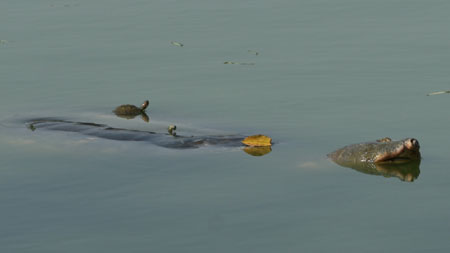
Red Eared Turtle beside the rare Hoan Kiem Turtle
“City leaders should discuss the issue thoroughly before launching a long-term plan to protect the giant turtle,” he said.
Many Vietnamese people have the habit of releasing animals, including red eared sliders, into the wild to pray for good luck, an action that has been severely criticized by conservationists. The red eared slider turtles are outcome of the same activity only.
We hope the turtles will be reseached well and also preserved. None knows it could be last one who is representing an unique species of the planet.


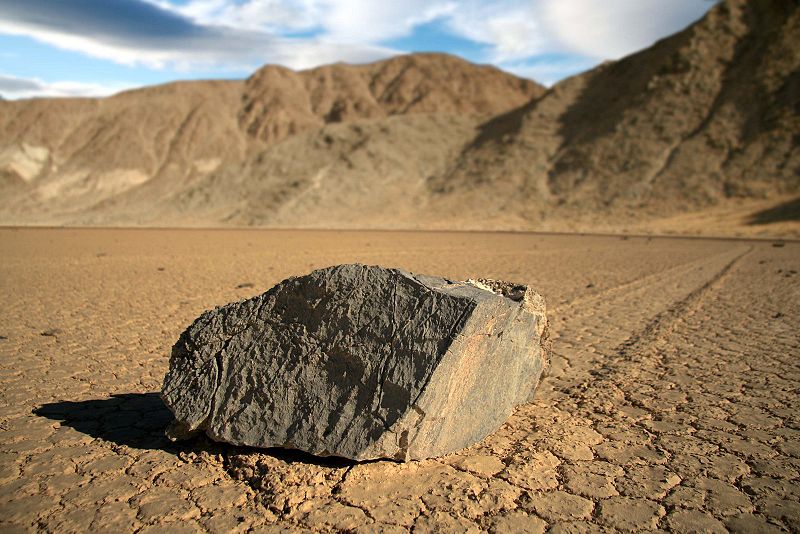

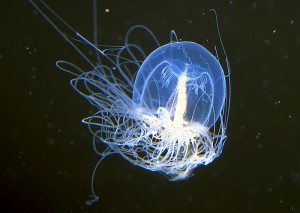

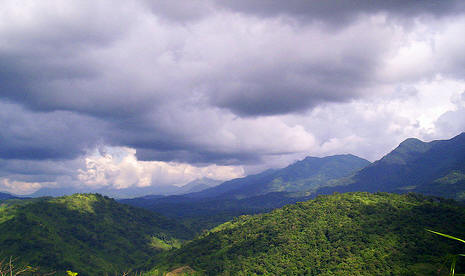
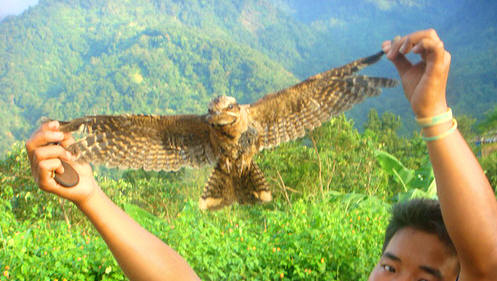
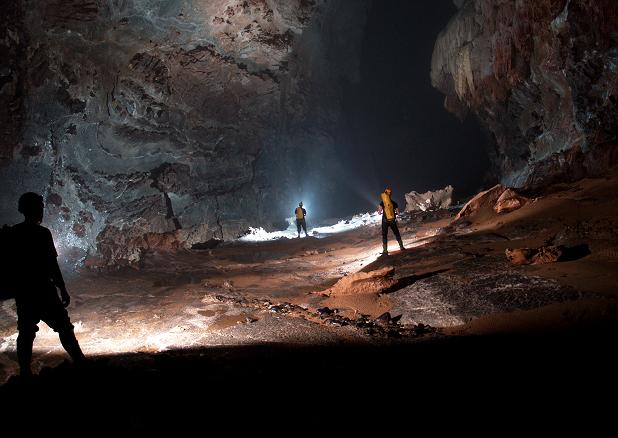
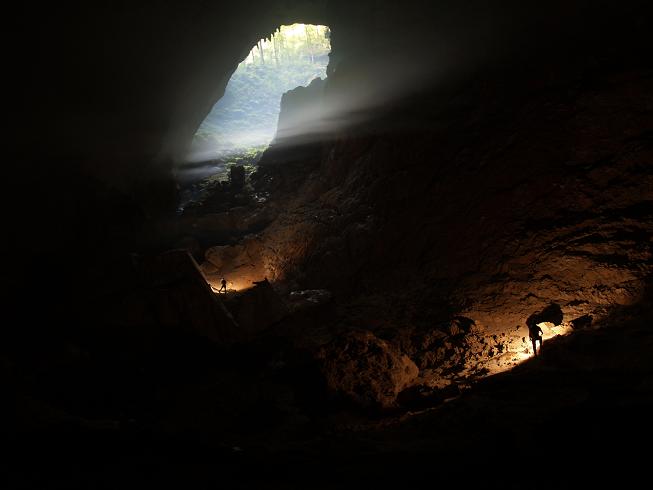

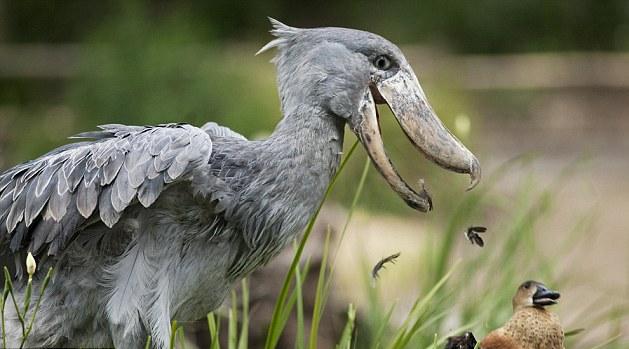

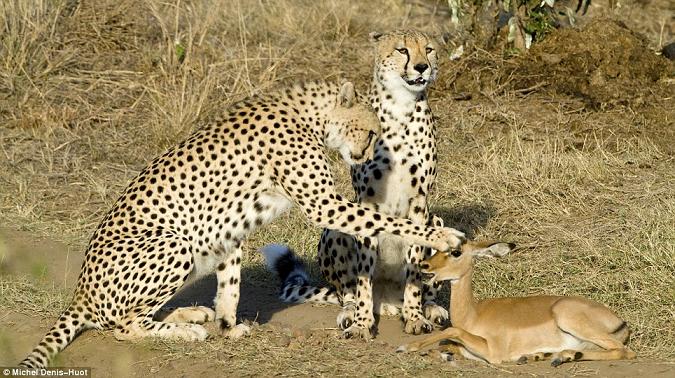
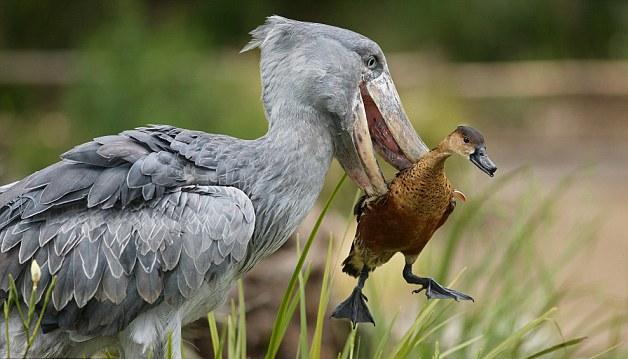

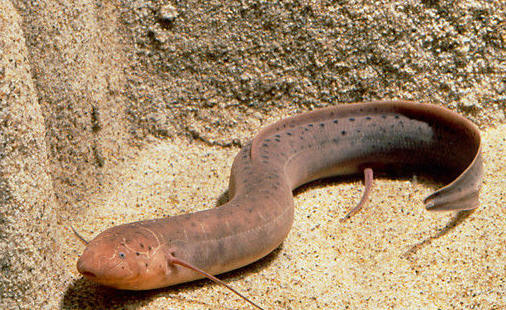

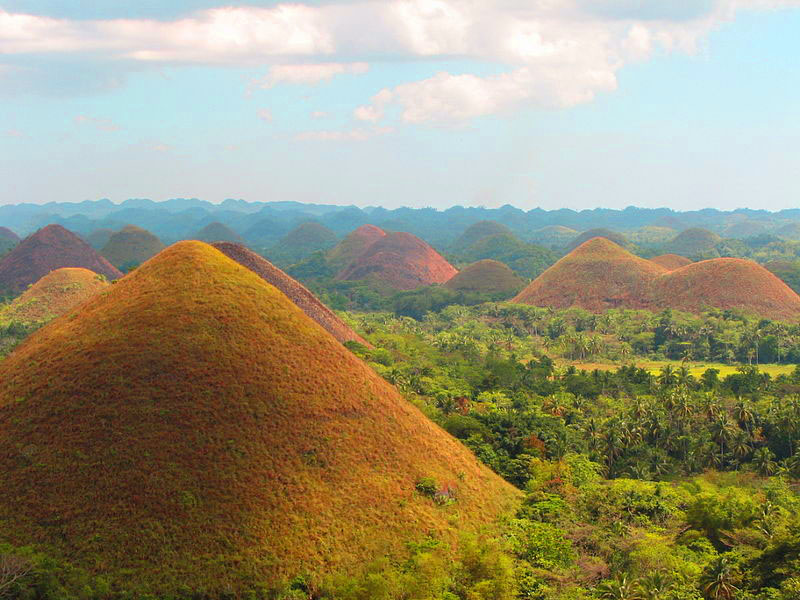

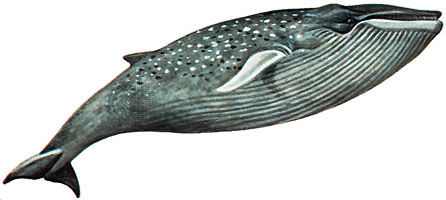




Recent Comments